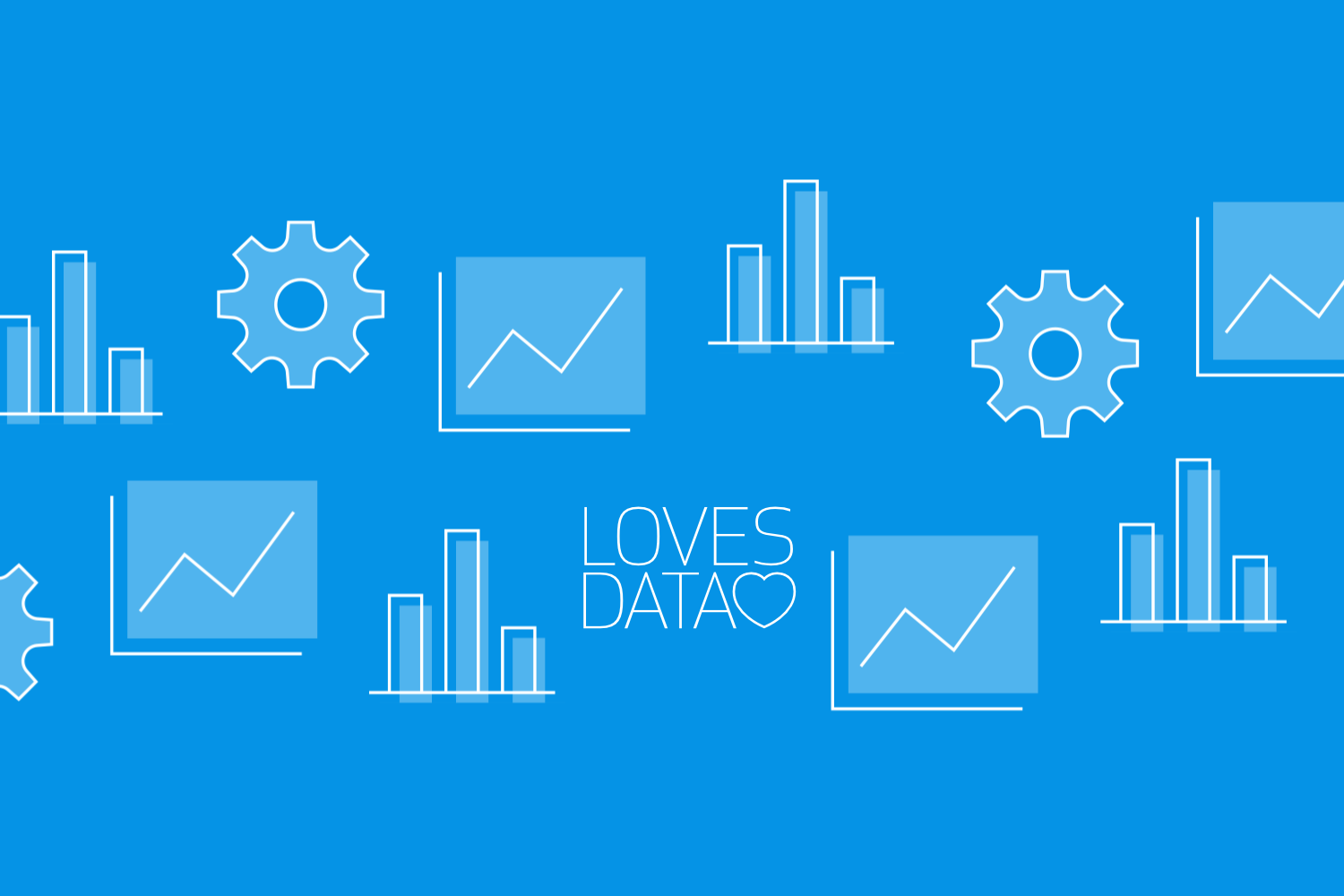Google Ads Performance Max Campaigns Guide
Loves Data
Google Ads Performance Max campaigns are highly automated and goal-focused campaigns that help you access all of Google’s ad inventory from a single campaign. This means your ads can appear across YouTube, Display, Search, Discover, and more. By simplifying your advertising efforts, Performance Max allows you to focus on achieving your marketing goals without managing separate campaigns for different channels.
Performance Max campaigns use machine learning to optimize your ads. This technology identifies which ad placements and combinations will work best to meet your objectives. Whether it's driving sales, generating leads, or increasing website traffic, these campaigns use real-time data to maximize performance.
By allowing automation to handle much of the work, Performance Max campaigns offer a smart way to reach more customers and achieve better results. They are particularly useful for those who want to simplify their ad strategies and improve their efficiency. In this article, we will dive into what these campaigns are, how they function, when they are most effective, and tips to get the best outcomes.
Learn how to launch a Performance Max campaign in our video tutorial:
What Are Google Ads Performance Max Campaigns?
Google Ads Performance Max campaigns are goal-based campaigns that allow you to access all of Google’s inventory from a single campaign. Whether it's YouTube, Display, Search, Discover, or other platforms, your ads can be shown across multiple channels. This streamlines your advertising efforts and helps you achieve specific business goals, such as increasing sales, generating leads, or boosting website traffic.
Performance Max campaigns capitalize on machine learning to automate and optimize your ad placements. This technology analyzes real-time data to identify which ad formats and placements will most effectively reach your target audience. By leveraging Google's extensive data and algorithmic power, these campaigns can optimize for performance, helping you get the best ROI.

The primary goal of Performance Max campaigns is to simplify the process of running ads while achieving more significant results. Instead of managing multiple campaigns for different platforms, you can consolidate your efforts into a single, performance-oriented campaign.
How Do Performance Max Campaigns Work?
Performance Max campaigns work by utilizing machine learning to deliver optimal results. Here’s how they function:
- Unified Inventory: Performance Max combines all of Google’s ad placements, including YouTube, Display, Search, and more, into one campaign. This allows for broader reach without needing separate campaigns.
- Automation: The campaign uses Google’s machine learning algorithms to optimize your ads in real-time. Based on performance data, the system adjusts bids, selects the best placements, and combines creative assets to drive the best results.
- Smart Bidding: Performance Max employs Smart Bidding strategies to maximize conversions or conversion value. The system uses machine learning to adjust bids in real-time, based on the likelihood of achieving your specified goals. You can choose to bid based on conversions or conversion value.
- Asset-Based Ads: You provide various creative assets such as headlines, images, and videos. The system then automatically combines these assets into different ad formats to determine which combinations perform the best.
- Insights and Reporting: The Google Ads dashboard offers detailed insights into how your Performance Max campaigns are performing. You can see which placements, audiences, and creatives are most effective, allowing you to make data-driven decisions.
By simplifying the steps involved in ad placement and optimization, Performance Max campaigns help you achieve your marketing goals efficiently and effectively.
When to Use Performance Max Campaigns
Understanding when to use Performance Max campaigns is key to maximizing their benefits. Here are some scenarios where they shine:
- Broad Goals: If your advertising aims to achieve broad goals, such as overall sales growth or brand awareness, a Performance Max campaign can help you reach these goals more effectively. Its broad reach across multiple platforms ensures that you can engage with a diverse audience.
- Limited Resources: For businesses with limited marketing resources, Performance Max campaigns provide a way to manage and optimize ads without the need for hands-on adjustments. This can save a lot of time and allows you to focus on other areas of your business.
- New Product Launches: When launching new products or services, Performance Max campaigns can generate quick and broad awareness. The machine learning algorithms can identify which platforms and creative assets will generate the most interest, helping you maximize the impact of your launch.
- Seasonal Campaigns: During peak seasons, such as holidays, Performance Max campaigns streamline efforts so you can focus on meeting increased demand. Automated optimization ensures that your ads are functioning at their highest potential during these crucial times.
- Complex Campaigns: If your marketing strategy involves multiple audiences and objectives, Performance Max consolidates all efforts into one campaign. This simplifies management and helps ensure consistency in your messaging across all channels.
Performance Max campaigns are versatile and can adapt to various business needs, making them a valuable tool for most advertising strategies.
Tips for Optimizing Performance Max Campaigns
To get the best results from your Performance Max campaigns, follow these optimization tips:
- Provide Diverse Assets: Include a range of creative assets like headlines, images, and videos. This allows the machine learning system to generate different ad formats and identify which combinations perform best.
- Set Clear Goals: Clearly define your campaign objectives, such as increasing sales or driving website traffic. This helps the automated system optimize towards specific, measurable outcomes.
- Use Smart Bidding Strategies: Leverage Smart Bidding to automatically adjust bids based on real-time performance data. For each of your Performance Max campaigns you can choose from ‘Conversion’ or ‘Conversion Value’ for your bidding strategy.
- Monitor Performance: Regularly check the Google Ads dashboard to review how your campaign is performing. Pay attention to insights and make data-driven adjustments as needed.
- Include Top-Performing Segments: Identify and target audience segments that perform well for your business. This ensures that your budget is allocated to the most effective areas.
- Optimize Your Landing Pages: Ensure that the landing pages your ads direct to are optimized for user experience and conversions. A great ad won't do much good if the landing page is not compelling.
By following these tips, you can improve the effectiveness of your Performance Max campaigns, driving better results and achieving your marketing goals more efficiently.
Watch our tutorial to learn techniques for viewing Performance Max campaign results:
Conclusion
Google Ads Performance Max campaigns offer a streamlined, automated way to reach your advertising goals. By combining all of Google’s ad placements into a single campaign and using machine learning for optimization, these campaigns provide a powerful tool for marketers. Performance Max campaigns are versatile and can be used for various objectives, from increasing sales to boosting brand awareness.
To get the best results, it’s essential to provide diverse assets, set clear goals, use smart bidding strategies, monitor performance, include top-performing segments, and optimize your landing pages. These steps ensure your ads perform at their highest potential, delivering better results and maximizing your advertising investment.
Ready to unlock the full potential of your Google Ads campaigns? Explore our specialized courses at Loves Data to master Performance Max and other essential digital marketing techniques. Join our Google Ads training course today.




Comments